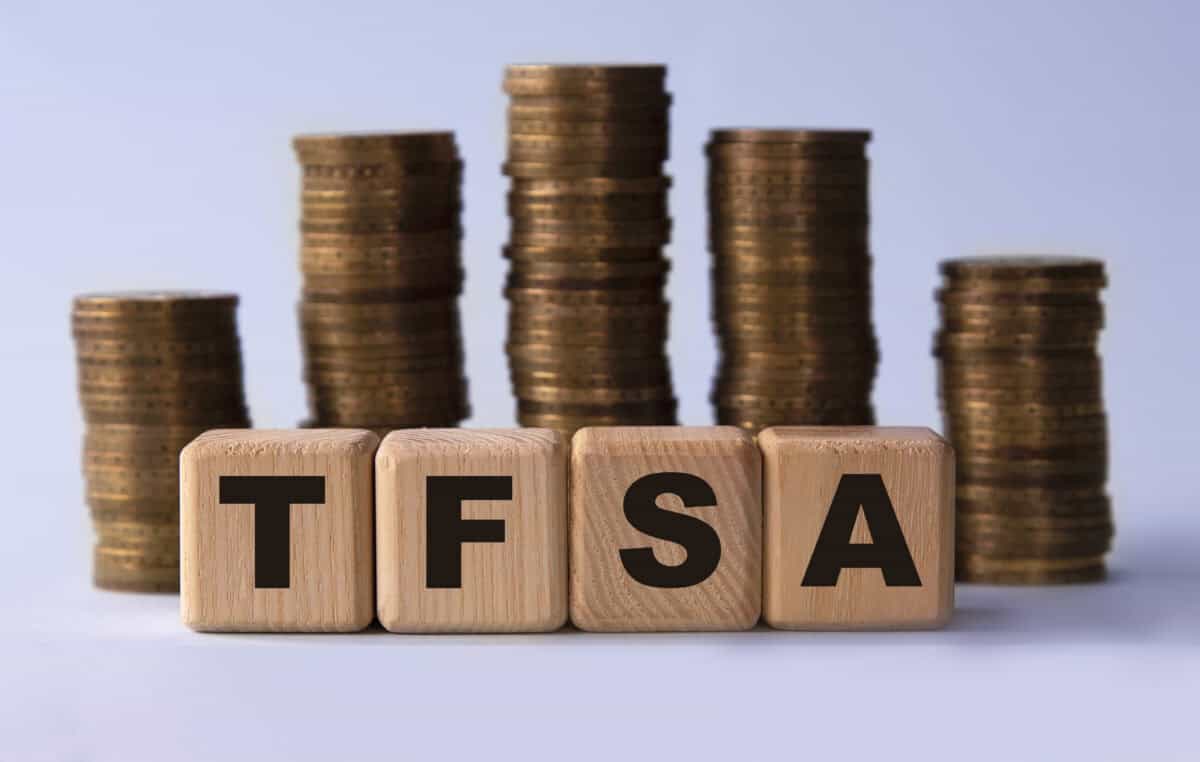Investing can seem daunting, but with the right strategy and tools, you can turn a modest amount like $10,000 into a substantial nest egg. In Canada, two of the most powerful vehicles for this purpose are the Tax-Free Savings Account (TFSA) and Registered Retirement Savings Plan (RRSP). Both accounts offer tax advantages that can swell your wealth.
Understanding the power of the TFSA and RRSP
The TFSA and RRSP are designed to help Canadians save more efficiently. The TFSA allows your investments to grow tax-free, meaning any capital gains, dividends, or interest earned within the account are not taxed even upon withdrawal. This is particularly advantageous for short-term goals or emergency funds.
On the other hand, the RRSP provides tax-deferred growth. You contribute pre-tax dollars, which reduces your taxable income for the year. Taxes are only applied when you withdraw the funds, typically during retirement when you may be in a lower tax bracket.
Notably, foreign income earned in a TFSA may be subject to foreign withholding taxes, while U.S. investments held in an RRSP may be exempt from U.S. withholding taxes, offering a strategic edge for Canadian investors looking to diversify internationally.
Safe investments: The role of GICs
If you prefer a conservative approach or anticipate needing your $10,000 in the short term, consider guaranteed investment certificates (GICs). GICs are low-risk investments that guarantee your principal, making them a reliable choice for short-term savings.
Currently, one-year GIC rates hover around 4.3%. If you invested $10,000 in a GIC today, you could expect to have about $10,430 after a year. While this is a safe option, it’s important to recognize that inflation can erode purchasing power, making GICs less attractive during periods of rising prices. For example, if inflation surpasses the GIC interest rate, your investment’s real value could decline.
Investors should weigh the opportunity cost of locking money in GICs against the potential for higher returns from other types of investment. In a low interest rate environment, the attractiveness of GICs diminishes, pushing savvy investors to consider other investments for their TFSA and RRSP contributions.
Embracing higher risk for greater returns
If you can afford to set your $10,000 aside for a longer period, say, at least three to five years, exploring riskier investments like stocks can lead to significantly higher returns. While stocks come with volatility, historical data suggests that over the long term, they typically outperform safer investments.
In the realm of stocks, dividend stocks, in particular, can provide more stable returns. By investing in companies with a strong history of paying dividends, you could enjoy both capital appreciation and regular income.
For instance, consider Bank of Nova Scotia stock. After interest rate hikes in 2022 led to a drop in its stock price, the bank’s shares presented a compelling opportunity with yields around 7.4%. Even at its current price of $71.88 at writing, it still offers a respectable yield of 5.9%.
Investing in such blue chip stocks not only helps secure income through dividends but also positions your investment for potential price appreciation over time. Always consider purchasing during market corrections to lock in favourable yields, thereby maximizing your returns.
Diversify with ETFs
For those seeking growth without having to pick individual stocks, exchange-traded funds (ETFs) like the iShares Core Equity ETF Portfolio (TSX:XEQT) present an attractive option. The ETF has a low management expense ratio of 0.20% and provides diversification across a range of equity holdings, reducing the risk associated with individual stocks.
Investing in the ETF allows you to spread your $10,000 across numerous sectors and companies, which diversifies the risk that comes with individual stock investments. This approach not only helps safeguard your investment but also positions you for robust long-term growth, as the portfolio is designed to capture the overall performance of the market.
The Foolish investor takeaway
Whether you choose to go the conservative route with GICs, embrace the potential of stocks, or opt for the diversified strategy of ETFs, your $10,000 can grow nicely within a TFSA or RRSP. Understanding the nuances of each account will empower you to make informed decisions that align with your financial goals.

